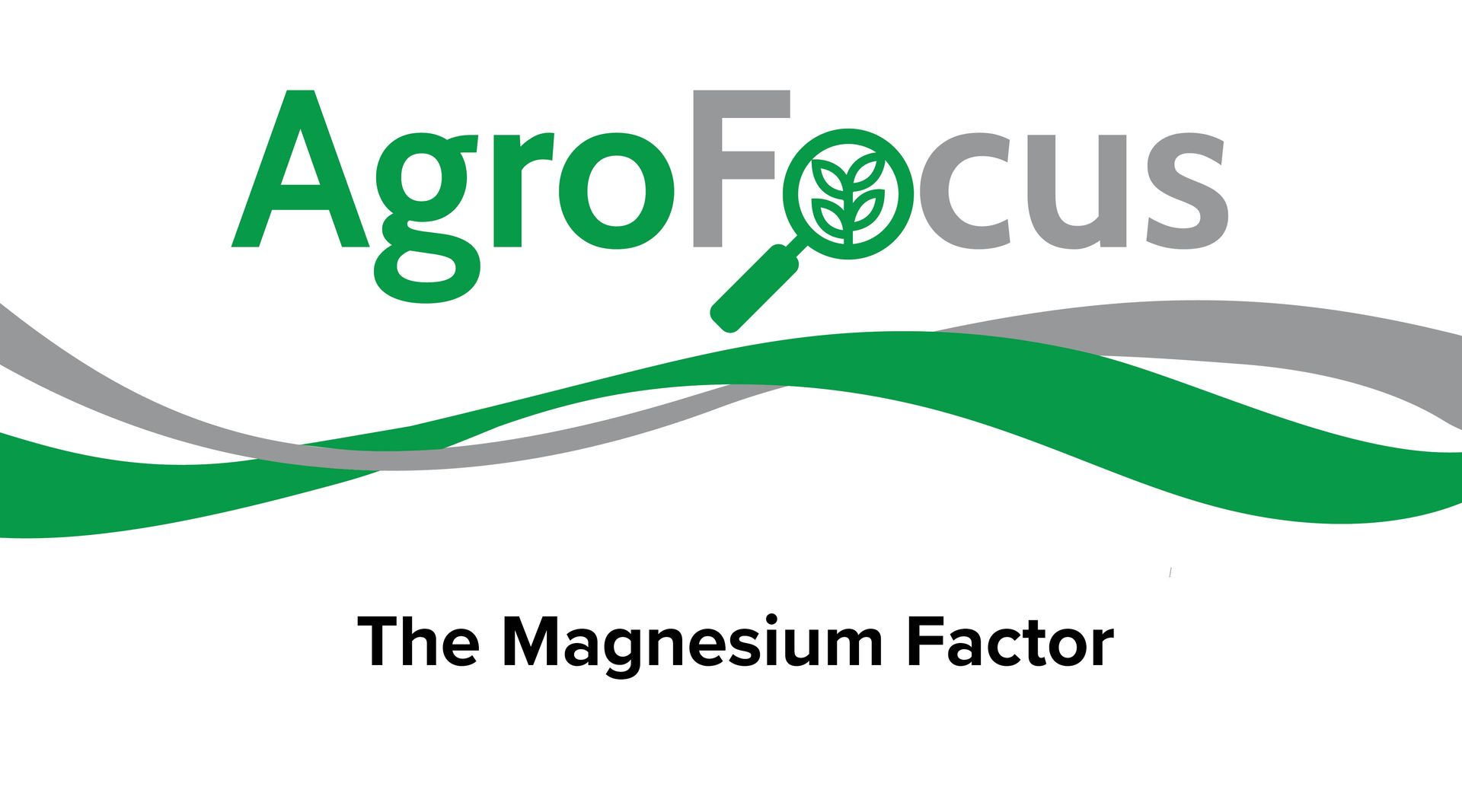


As farm equipment has taken over the fields of rural Canada, spring seeding is well underway. From Peace River Country’s grain fields to Atlantic Canada’s potato hills, seeds have been carefully placed in our soils. Through strong grower management and the accuracy of precision equipment, we positioned our seeds and balanced fertility to provide the best opportunity for crop success. Looking to initiate good emergence, early plant vigor, and uniformity, we continue to monitor moisture and weather factors, making the needed adjustments throughout the days.
Having completed the exhausting task of competing against time and weather, we must turn our focus from crop establishment to the management of early vegetation. During this next opportunity of influence, we will concentrate on building plant structure and plant health through increased plant energy. This is also an opportunity to ground truth the success of our planting and our fertility placement programs, ensuring we have provided the best chance for our seeds to reach the genetic potential wrapped up inside.
In my last blog, I discussed Cations with a concentration on K and Mg to better understand their interactions and how they affect soil structure, pH, microbial activity, and plant nutrient efficiencies and growth. With potassium playing a considerable role in nutrient and water management, I want to draw more attention to maintaining our K levels as we strengthen early vegetation opportunities.
While concentrating on building plant structure and health through increased plant energy, ALPINE has developed a foliar line to amplify your plant’s energy potential. Our ALPINE Bio-K line, including ALPINE F18 Max, has been strategically designed to support your crops through the early vegetation cycle. Aided by orthophosphate and our patented potassium acetate to increase plant energy, ALPINE F18 Max™
is accompanied by fulvic acid and chelated micronutrients Zn, Mn, Cu & B. This uniquely balanced foliar product with low use rates that have a proven record for increasing ROI in many crops.
I have included photos of ALPINE F18 Max utilized this spring in winter wheat and tissue samples supporting plant uptake. With our goal to set up your crop for tremendous success, Maximizing Fertilizer Efficiency from Start2Finish will continue to be emphasized as we expand our knowledge throughout 2023.
Trust that you stay safe as we stretch the boundaries of our management thinking, expanding the boundaries of tremendous yield success.
-Steve McQueen, Agronomy Manager
Click on the images to view them.

